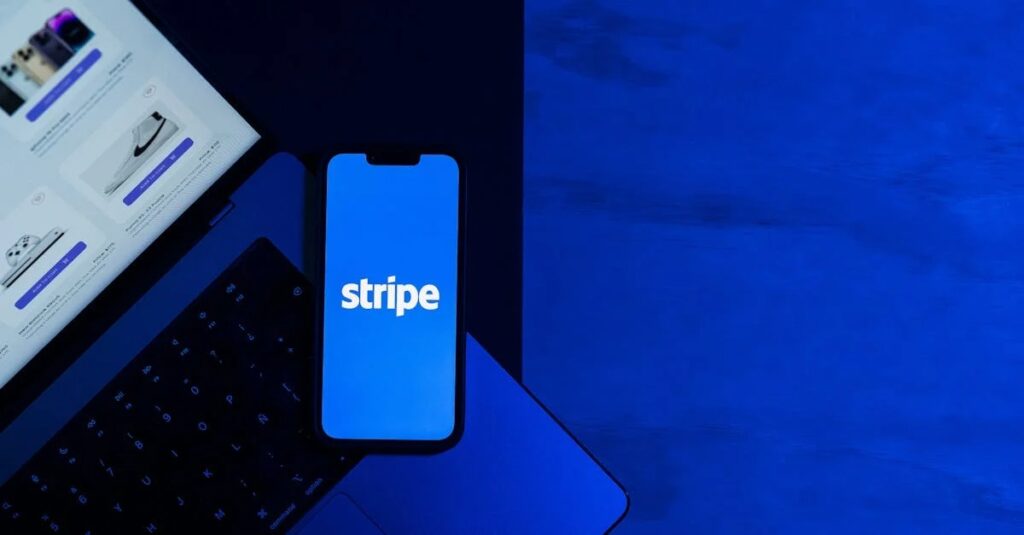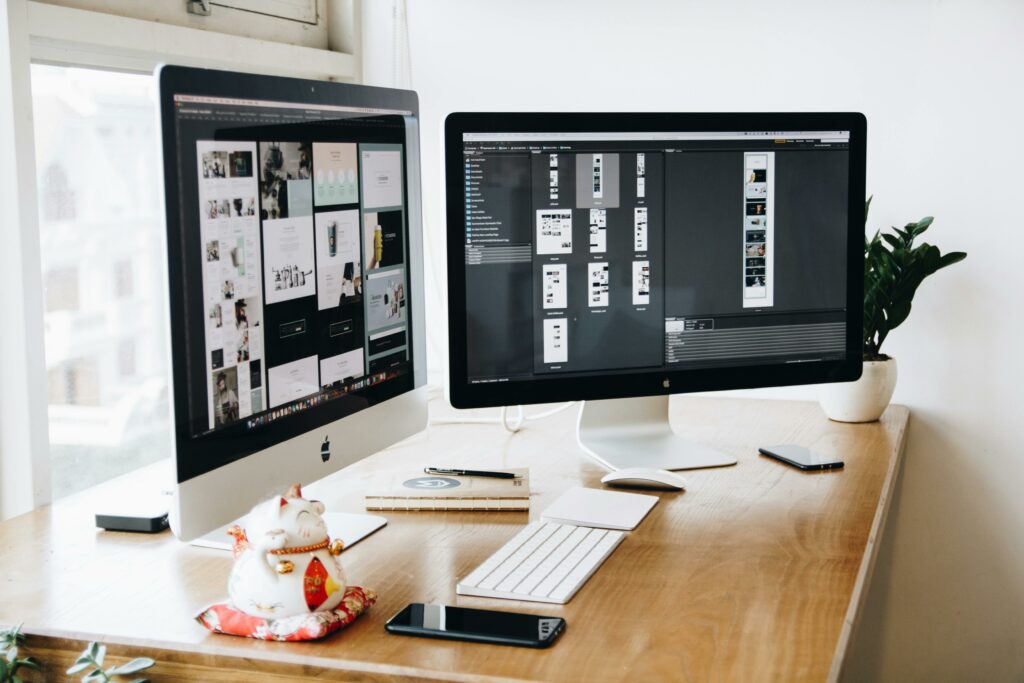Web design memes have taken the digital world by storm, blending humor with the intricacies of web development. They capture the frustrations, triumphs, and quirks that designers face daily, making light of everything from coding errors to the never-ending quest for the perfect layout. In a field often filled with technical jargon and complex challenges, these memes offer a refreshing dose of relatability.
As more designers and developers share their experiences online, the popularity of web design memes continues to grow. They serve as a unique way to communicate the nuances of the profession, fostering a sense of community among those who understand the struggle. Whether it’s poking fun at client requests or celebrating the joy of a well-executed design, these memes resonate with anyone who’s ever navigated the world of web design.
Overview Of Web Design Memes
Web design memes serve as humorous reflections of the challenges faced by web designers and developers. These light-hearted images and captions provide a relatable lens through which professionals can navigate their daily experiences.
What Are Web Design Memes?
Web design memes are humorous digital content that captures the unique experiences of web designers and developers. They often use visual humor, combining images with witty text to illustrate concepts like coding struggles, design preferences, and unexpected client requests. Popular platforms for sharing such memes include social media sites like Twitter, Instagram, and Reddit. Memes effectively communicate common frustrations and joys, fostering a sense of camaraderie among industry professionals.
The Evolution Of Web Design Memes
Web design memes have evolved significantly since their emergence in the early 2000s. Initial memes typically focused on basic coding errors or outdated design trends. As web technology advanced, memes started to reflect more complex themes, such as responsive design and user experience. Currently, memes often draw on popular culture references, making them more engaging and accessible. The continuous evolution of web design memes highlights the industry’s changing dynamics while reinforcing the community’s shared experiences.
Popular Web Design Memes
Web design memes have gained significant traction, showcasing amusing and relatable scenarios for designers and developers alike. They capture the industry’s quirks, creating a vibrant community around shared experiences.
Classic Memes In The Web Design Community
Classic memes often reference common frustrations and blunders in web design. Examples include the “404 Error Page” meme, which humorously illustrates how users feel when encountering broken links. Additionally, the “Client vs. Designer” meme showcases the disparity between client expectations and design realities. The “I’m not a magician” meme communicates designers’ exasperation at unreasonable requests for rapid changes. These classic memes resonate deeply because they encapsulate familiar struggles, making them timeless favorites in the community.
Recent Trends In Web Design Memes
Recent trends feature memes that emphasize contemporary challenges, like responsiveness and accessibility. The “Responsive Design Is Hard” meme highlights the complexity of creating fluid layouts across devices. The “Using Comic Sans” meme brings attention to typography choices, poking fun at the often-derided font. Additionally, memes reflecting the demand for user experience (UX) considerations, such as “Just Make It Pop,” emphasize clients’ sometimes vague wishes. These trends reflect the ongoing evolution of the web design field, illustrating how humor adapts to new challenges.
The Impact Of Web Design Memes
Web design memes serve as a significant cultural phenomenon within the tech community. They convey messages and emotions tied to the design process, effectively illustrating shared experiences among professionals.
Memes As A Form Of Communication
Memes communicate complex ideas simply and humorously. They encapsulate common challenges faced by web designers, allowing for quick understanding among peers. By employing relatable imagery and concise text, these memes foster connection and camaraderie. They provide a platform for expressing frustrations, such as dealing with difficult clients or navigating design pitfalls. This shared humor offers an outlet for professionals to engage with each other, reinforcing community ties across digital platforms.
The Influence On Web Designers And Developers
Web design memes significantly influence designers and developers by shaping their perception of the profession. They provide validation that frustrations are universal, reducing feelings of isolation. Memes encourage the industry to embrace humor as a coping mechanism, promoting mental well-being. Additionally, they often inspire creativity and innovation, as designers draw from shared experiences to create their own content. This cycle of humor and inspiration ultimately enriches the design community, fostering collaboration and collective problem-solving.
Creating Your Own Web Design Memes
Creating web design memes offers a fun way to express common experiences and frustrations in the field. With the right approach and tools, anyone can craft engaging and meaningful memes.
Tips For Making Effective Memes
- Identify the Target Audience: Understand the audience’s experiences and frustrations to resonate with their feelings.
- Use Relatable Content: Select scenarios that reflect common challenges in web design like client requests or coding errors.
- Combine Visuals and Text: Pair humor with imagery that complements the text, increasing the meme’s impact.
- Keep It Simple: Focus on one clear message. Avoid overcrowding the meme with text.
- Be Authentic: Draw inspiration from true experiences. Authenticity fosters deeper connections.
- Stay Relevant: Use current trends or topics within web design to capture attention and engagement.
- Meme Generators: Websites like imgflip.com and memegenerator.net allow users to easily create custom memes with popular formats.
- Graphic Design Software: Tools like Canva and Adobe Spark provide templates and graphics for more tailored meme design.
- Image Editing Apps: Applications like GIMP and Photoshop enable enhanced editing options for custom visuals.
- Social Media Platforms: Use platforms like Twitter and Instagram not only to share memes, but to gain inspiration and observe emerging trends.
- Community Forums: Participate in forums such as Reddit or designer groups on Facebook to gather ideas and receive feedback on meme concepts.
Relatable Experiences
Web design memes have become a vital part of the design community’s culture. They not only provide humor but also create a sense of belonging among designers and developers. By sharing relatable experiences through these memes, professionals find solace in knowing they’re not alone in facing industry challenges.
As the landscape of web design continues to evolve, so too do the memes that reflect its complexities. This dynamic exchange of humor fosters creativity and collaboration, ultimately enhancing the community. Embracing this lighthearted approach can lead to a more connected and inspired group of individuals dedicated to their craft.



